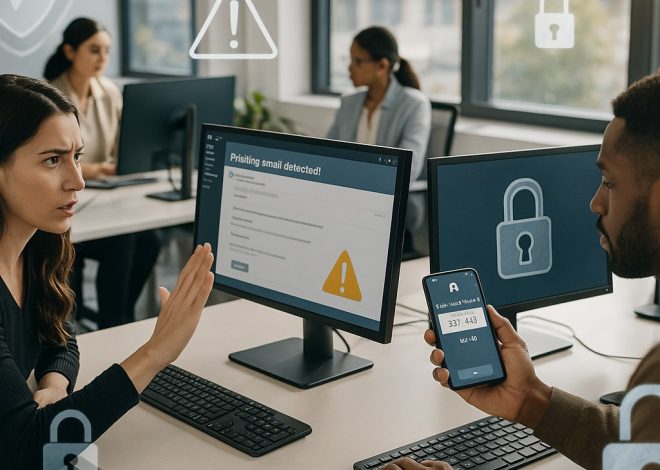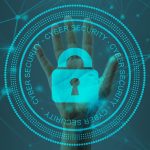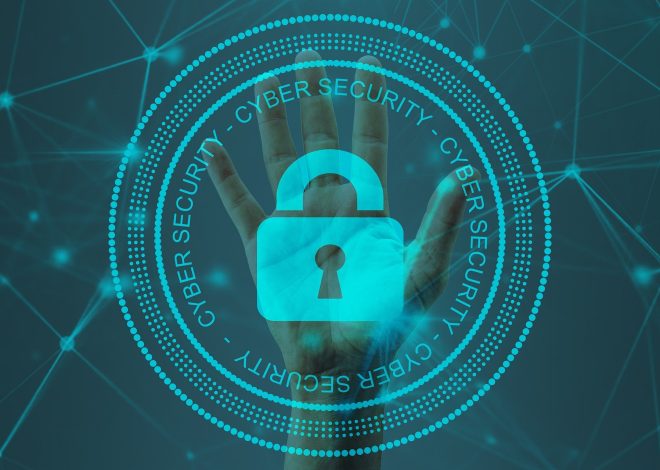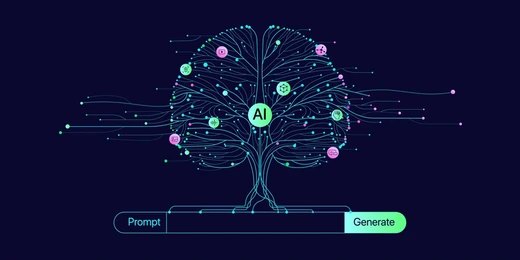
The Critical Importance of Cybersecurity in 2025

Introduction
As we navigate 2025, the digital landscape is more interconnected and more vulnerable than ever. Cyberattacks have evolved into highly sophisticated, AI-driven campaigns, threatening businesses, governments, and individuals at unprecedented scales. With global cybercrime damages surpassing $12 trillion annually (Cybersecurity Ventures), prioritising cybersecurity is no longer optional—it’s existential. This article explores the critical importance of cybersecurity in 2025, highlights groundbreaking trends redefining the field, and equips you with strategies to stay resilient.
Why Cybersecurity Is a 2025 Imperative
- Hyperconnected Risks in a 5G and IoT World
The proliferation of 5G networks and 35 billion IoT devices (Statista, 2025) has created a hyperconnected world. While this drives innovation, it also expands attack surfaces. Vulnerabilities in smart cities, autonomous vehicles, and industrial IoT systems now pose life-or-death risks, as seen in the 2024 breach of a European smart grid that caused widespread power outages. - AI-Driven Cyberattacks
Cybercriminals now leverage generative AI to craft hyper-personalised phishing emails, deepfake video scams, and self-evolving malware. For instance, the 2024 “DeepLock” ransomware used AI to mimic user behaviour, bypassing traditional detection tools. - Global Regulatory Overhaul
Stricter regulations dominate in 2025. The EU’s AI Act mandates transparency in AI-driven security systems, while the U.S. National Cybersecurity Strategy 2.0 imposes liability on software vendors for preventable breaches. Non-compliance risks fines up to 6% of global revenue. - Reputation as Currency
92% of consumers abandon brands after a breach (2025 IBM Report). In an era of viral social media, trust erosion can happen in minutes.
Top Cybersecurity Trends Shaping 2025
Stay ahead with these pivotal developments:
1. Quantum-Safe Cryptography Goes Mainstream
Quantum computers now threaten RSA and ECC encryption. In response, organisations are adopting NIST-standardised post-quantum algorithms like CRYSTALS-Kyber. The U.S. government has mandated federal agencies to transition to quantum-resistant systems by 2027, pushing private enterprises to follow suit.
2. AI Governance and Ethical Hacking
As AI becomes central to cyber defence, frameworks like ISO 42001 (AI Governance) ensure transparency and accountability. Ethical hackers now use AI-powered tools like Burp Suite’s AI Pentest to simulate advanced attacks and patch vulnerabilities proactively.
3. Decentralised Identity Systems
Blockchain-based self-sovereign identities (SSI) are replacing traditional passwords. Microsoft’s Entra Verified ID and the EU’s eIDAS 2.0 let users control data sharing, reducing phishing and credential theft risks.
4. Threat-Centric Cloud Security
With 95% of enterprises using multi-cloud environments (Gartner, 2025), tools like CNAPP (Cloud-Native Application Protection Platforms) unify visibility, while AI-driven CASBs (Cloud Access Security Brokers) auto-remediate misconfigurations in real time.
5. Cyber-Physical System (CPS) Protection
Attacks on medical devices, drones, and autonomous machinery have spurred demand for embedded security-by-design. The FDA now requires cybersecurity audits for all connected medical devices post-2024 incidents.
6. Ransomware 3.0: Double Extortion + AI Negotiation
Ransomware gangs now combine data theft with AI-driven negotiation bots that analyse victim finances to demand “optimal” ransoms. The 2025 Operation GhostShell disrupted 20+ hospitals using this model.
Best Practices for 2025 Cybersecurity Resilience
- Adopt a Zero Trust 2.0 Framework
Move beyond basic Zero Trust with behavioural biometrics and continuous risk assessment. Tools like Palo Alto’s Strata Identity dynamically adjust access based on real-time user behaviour. - Prioritise Cyber Insurance with Teeth
Insurers now require proof of AI-driven defence systems and incident response drills. Policies now cover reputational recovery costs, including PR crisis management. - Build AI-Powered SOCs (Security Operations Centers)
Deploy tools like Splunk’s AI Assistant for Security to analyse petabytes of data, auto-prioritise threats, and generate incident reports in plain language. - Unify IT/OT Security
Integrate operational technology (OT) and IT security teams to protect industrial systems. Siemens’ Cyber Defence Centre offers a blueprint with 24/7 OT threat monitoring. - Conduct Quantum Readiness Audits
Map encryption vulnerabilities and test post-quantum solutions. Cloud providers like AWS and Azure now offer quantum-safe key management services. - Train for AI-Enhanced Social Engineering
Update employee training to address deepfake audio/video scams. Platforms like KnowBe4’s Deepfake PhishSim test staff with AI-generated scam scenarios.
The Future of Cybersecurity: 2025 and Beyond
The arms race between defenders and attackers will intensify. Emerging innovations like:
- Neuromorphic Chips: Hardware that mimics the human brain to detect zero-day threats.
- Homomorphic Encryption for AI: Training ML models on encrypted data without exposing sensitive inputs.
- UN Cyber Peacekeeping Initiatives: Global alliances to counter state-sponsored attacks.
Organisations must treat cybersecurity as a core business function, not an IT checkbox.
Conclusion
In 2025, cybersecurity will be the bedrock of digital survival. By embracing quantum-ready infrastructure, ethical AI, and decentralised trust models, businesses can turn resilience into a competitive advantage. The time to act is now—before the next breach defines your future.
Call to Action
Future-proof your defences today! [Schedule a consultation] to explore quantum-safe encryption, AI SOCs, and tailored compliance strategies.














